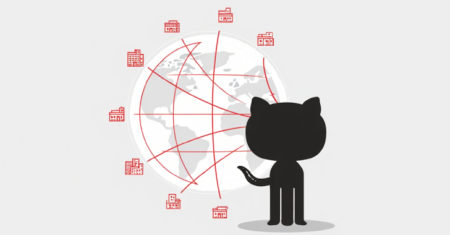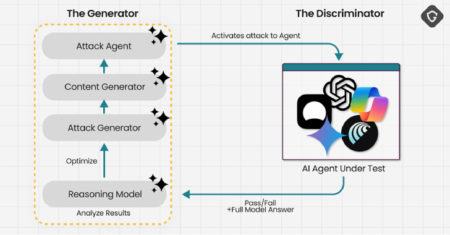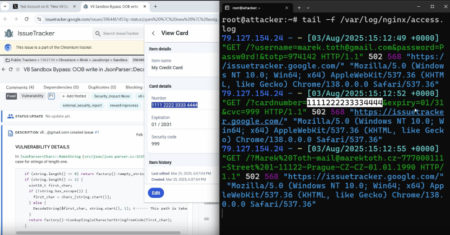CVE ID : CVE-2025-43753
Published : Aug. 21, 2025, 11:15 p.m. | 1 hour, 39 minutes ago
Description : A reflected cross-site scripting (XSS) vulnerability in the Liferay Portal 7.4.3.32 through 7.4.3.132, and Liferay DXP 2025.Q1.0 through 2025.Q1.7, 2024.Q4.0 through 2024.Q4.7, 2024.Q3.1 through 2024.Q3.13, 2024.Q2.1 through 2024.Q2.13, 2024.Q1.1 through 2024.Q1.16 and 7.4 update 32 through update 92 allows an remote authenticated user to inject JavaScript into the embedded message field from the form container.
Severity: 2.1 | LOW
Visit the link for more details, such as CVSS details, affected products, timeline, and more…










